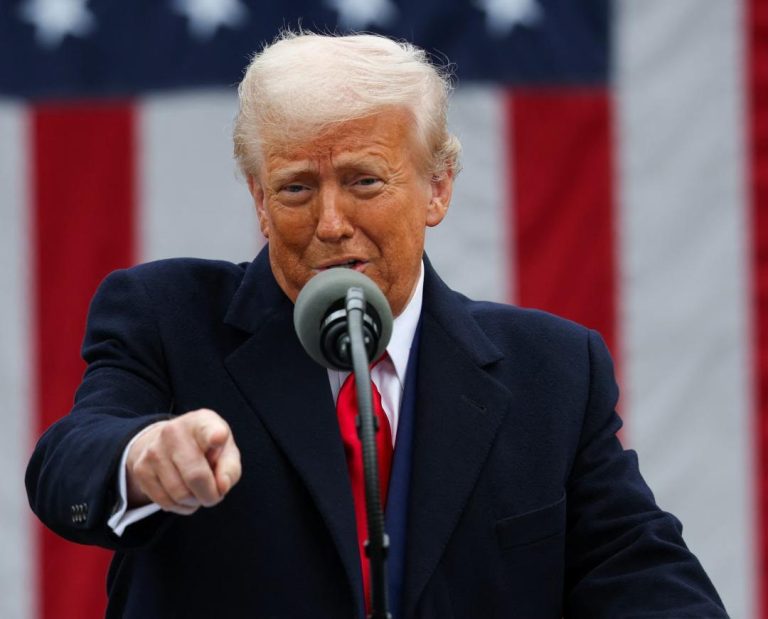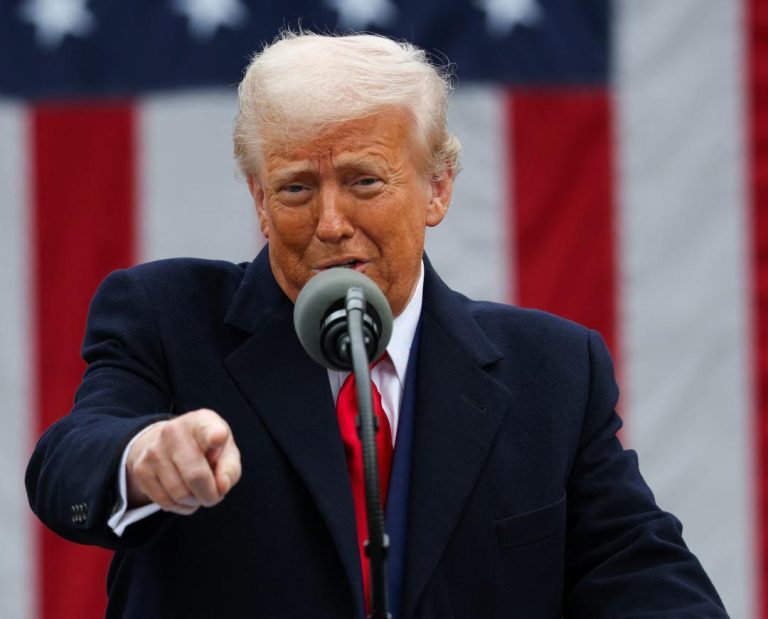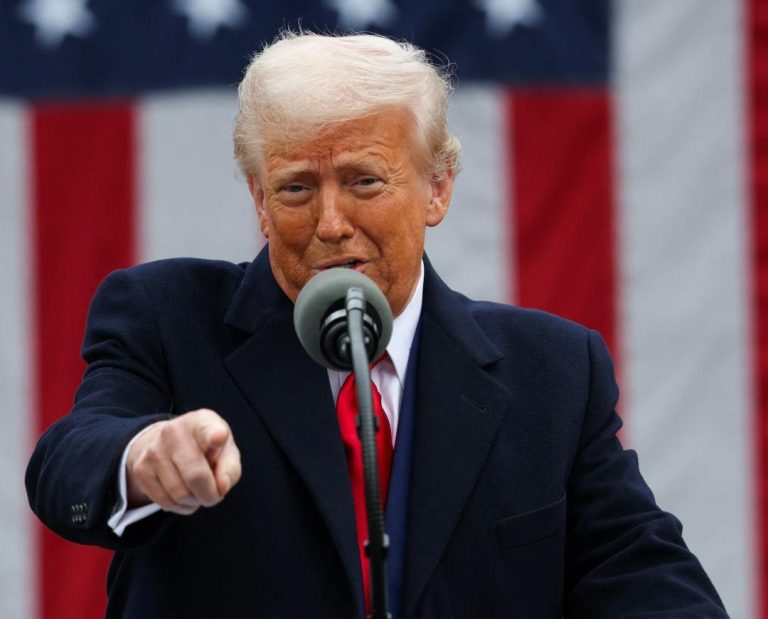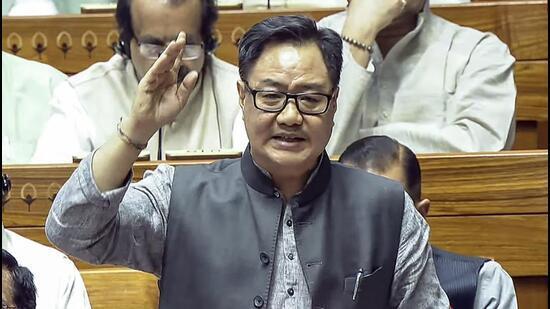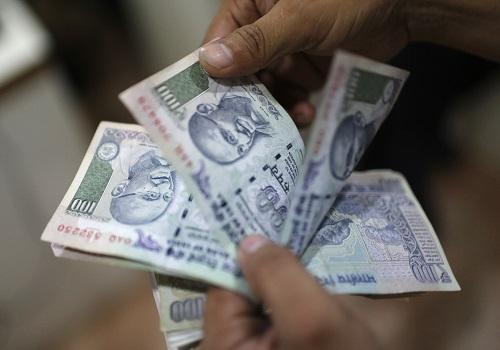
Rupee to Fall Amid Risk Aversion, Asia FX Drops on US Tariffs
The Indian rupee is poised to fall at open on Thursday, driven by the decline in Asian equity and currency markets after U.S. President Donald Trump’s imposition of broad-based tariffs. The move is expected to lead to a weakening of the rupee, which has already been under pressure due to rising oil prices and a widening trade deficit.
Trump slapped 26% tariffs on imports from India effective from April 9, a component of his comprehensive plan to place duties on all U.S. imports. The tariffs are expected to impact a range of Indian goods, including textiles, leather, and jewelry, which are major contributors to the country’s exports.
The move has sent shockwaves through the Asian currency markets, with the Indian rupee, the Chinese yuan, and the Japanese yen all falling against the U.S. dollar. The dollar index, which tracks the performance of the U.S. currency against a basket of major currencies, rose to a three-week high, as investors sought refuge in the safe-haven currency.
The rupee has already fallen over 6% against the U.S. dollar so far this year, and the latest tariffs are likely to add further pressure on the currency. The Indian currency has been under pressure due to a range of factors, including rising oil prices, a widening trade deficit, and a decline in foreign investment.
The imposition of tariffs by the U.S. is also expected to lead to retaliatory measures from India, which could further exacerbate the situation. India has already imposed tariffs on a range of U.S. goods, including almonds, apples, and walnuts, in response to the U.S. tariffs on steel and aluminum.
The outlook for the rupee is bleak, with many analysts expecting it to fall further in the coming weeks. The Indian currency has been struggling to sustain its gains, and the latest tariffs are likely to add further pressure on the currency.
“The rupee is likely to weaken in the coming days, driven by the decline in Asian equity and currency markets,” said a senior currency analyst at a leading bank. “The imposition of tariffs by the U.S. is likely to lead to a decline in foreign investment, which will further put pressure on the rupee.”
The decline in the rupee is expected to have a range of implications for the Indian economy, including higher inflation, higher interest rates, and a wider trade deficit. The rupee is also likely to have an impact on the country’s stock market, with many analysts expecting it to fall further in the coming weeks.
The Indian stock market has already been under pressure this year, driven by a range of factors including the decline in the rupee and the imposition of tariffs by the U.S. The Sensex, India’s benchmark stock market index, has fallen over 10% so far this year, and many analysts expect it to fall further in the coming weeks.
The outlook for the Indian economy is also bleak, with many analysts expecting it to slow down in the coming months. The country’s GDP growth rate has already slowed down in the past few years, driven by a range of factors including the decline in foreign investment and the imposition of tariffs by the U.S.
The Indian government has already taken a range of measures to boost the economy, including a series of fiscal and monetary stimuli. However, many analysts believe that more needs to be done to boost the economy, including reducing the country’s dependence on oil imports and promoting foreign investment.
In conclusion, the Indian rupee is poised to fall at open on Thursday, driven by the decline in Asian equity and currency markets after U.S. President Donald Trump’s imposition of broad-based tariffs. The move is expected to lead to a weakening of the rupee, which has already been under pressure due to rising oil prices and a widening trade deficit. The outlook for the rupee is bleak, and many analysts expect it to fall further in the coming weeks.
